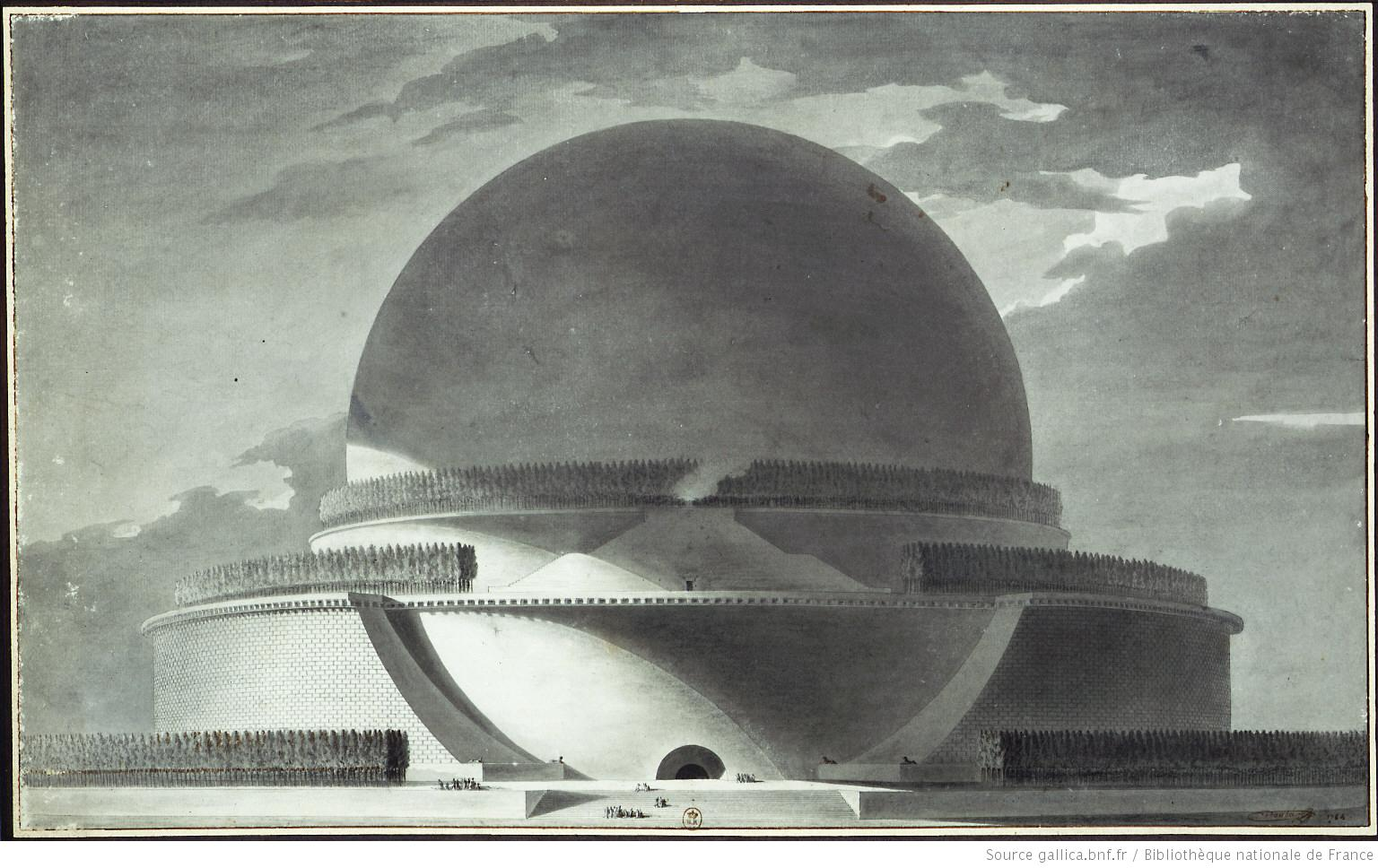Perhaps no modern character from TV or film is more enthralled with architects than George Costanza from Seinfeld. And, let’s be honest here, how many architects chose the profession in order to say those words, “I am an Architect?” Well, what if George was an architect? What kind of architect would he be? In this episode, Stewart breaks down scenes from Seinfeld in order to piece together the kind of architect he really wants to be. Using seven exhibits and a lawyerly argument, he builds his case around this most pressing 'what if' scenario. Exhibits range from George’s overt references, like his claim to have designed the addition to the Guggenheim, to a more psychological assessment of his proclivities for cozy, velvet-lined spaces and concluding with his fascination for pretending in the first place.
April Fools: The Latest Architecture and News
What Kind of Architect Would George Costanza Be?
Announcing First Comprehensive Biography of Bjarke Ingels

Update: As anyone who clicked the "buy now" button discovered, this was of course a good-humored prank for April Fools' Day. ArchDaily has no plans to expand into print media, and we haven't been stalking Bjarke Ingels via his social media—honest! Our thanks to those who took it in good humor, including "the BIG man" himself for helping spread this "news" to his followers!
One year ago today the Editors of ArchDaily conceived of a project which has consumed a small and dedicated team ever since. After drawing the best talent following an international (and highly secretive) recruitment drive in 2016, a special task force was engaged with the challenge of developing our company’s first printed publication.
“The decision to break into print was not one we took lightly,” explains ArchDaily’s Managing Editor of Books, Lea Brary. “However, we are confident that this endeavor will please architecture fans and bibliophiles worldwide.”
Following twelve months of intense work and production we are proud to reveal BjarkeDaily: What It's Like to Write About the BIG Man – the first comprehensive biographical study of Bjarke Ingels and BIG; an homage to the architect and practice who have become a quotidian feature of our platform for over half a decade.
Society for Atheistic Spirituality to Construct Etienne-Louis Boullée's Cenotaph for Newton

Update: As many readers guessed, this story is of course a prank for April Fools' day. Thanks to everyone who played along, and a particular thanks to the seven readers (we won't name any names!) who were convinced enough to email their expressions of interest. Your optimism and ambition are admirable, and we're glad that you were able to take the joke in good humor. To anyone who dared to believe this story and had their heart broken: we're sorry!
Last week, a little-known charity known as the Society for Atheistic Spirituality (SAS) announced a proposal which is sure to put them very much on the map: they plan to build Etienne-Louis Boullée's design for a Cenotaph for Newton. The cenotaph, designed in the late 18th century as part of Boullée's Architecture, essai sur l’art, is a sublime homage to the enlightenment thinking of Sir Isaac Newton, making it a perfect fit for the Society for Atheistic Spirituality's mission to "endorse a rational understanding of our universe without abandoning the sense of wonder that makes life worth living."
Though the plans are very much in their early stages - and in spite of the fact that the cenotaph was never really designed to be built in real life - the society is serious about their proposal, having earmarked a $500 million donation from a single donor, and are working to establish a "world class" team to realize the design. To find out more about their plan, ArchDaily spoke exclusively to the society's director Zara Thustra, their construction projects leader Sidney Syfus, and their half-billion dollar donor, Dr Pang Luz. Read on after the break for the full interview.
The Ultimate Guide To 21 Products You Need Now

Let’s face it: architects are savvy, design-minded beings who usually approach their gadgets and gizmos with the same level of discretion and attention to detail that they approach their architecture. They settle for nothing less than pure, honest, functional products (and you can be sure that any of their devices or accessories look great, too). In the spirit of architects’ impeccable taste, ArchDaily has curated a list of exceptional products for you to add to your wishlist.






